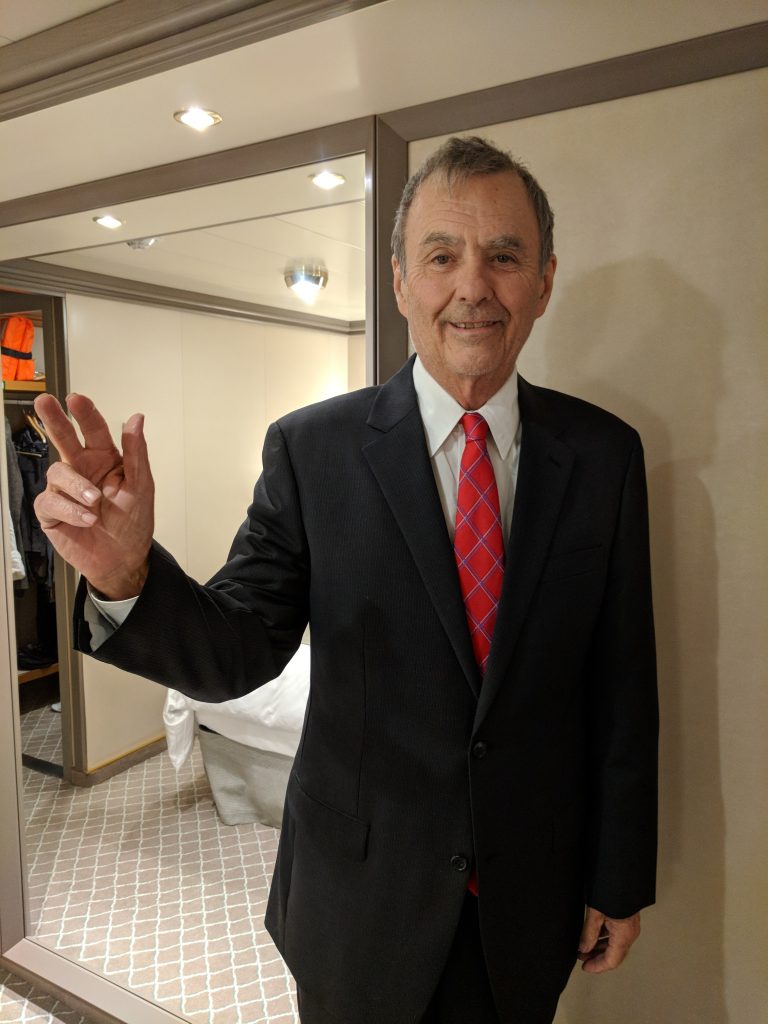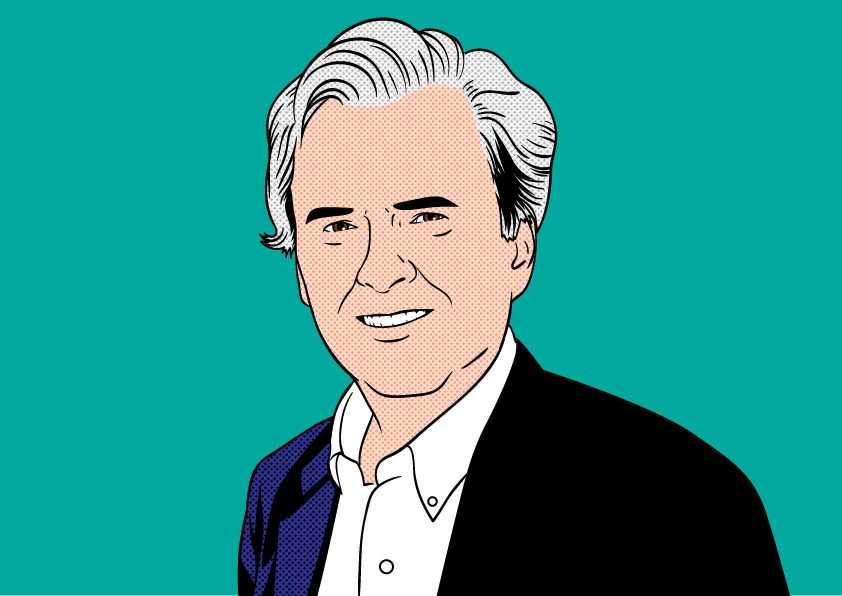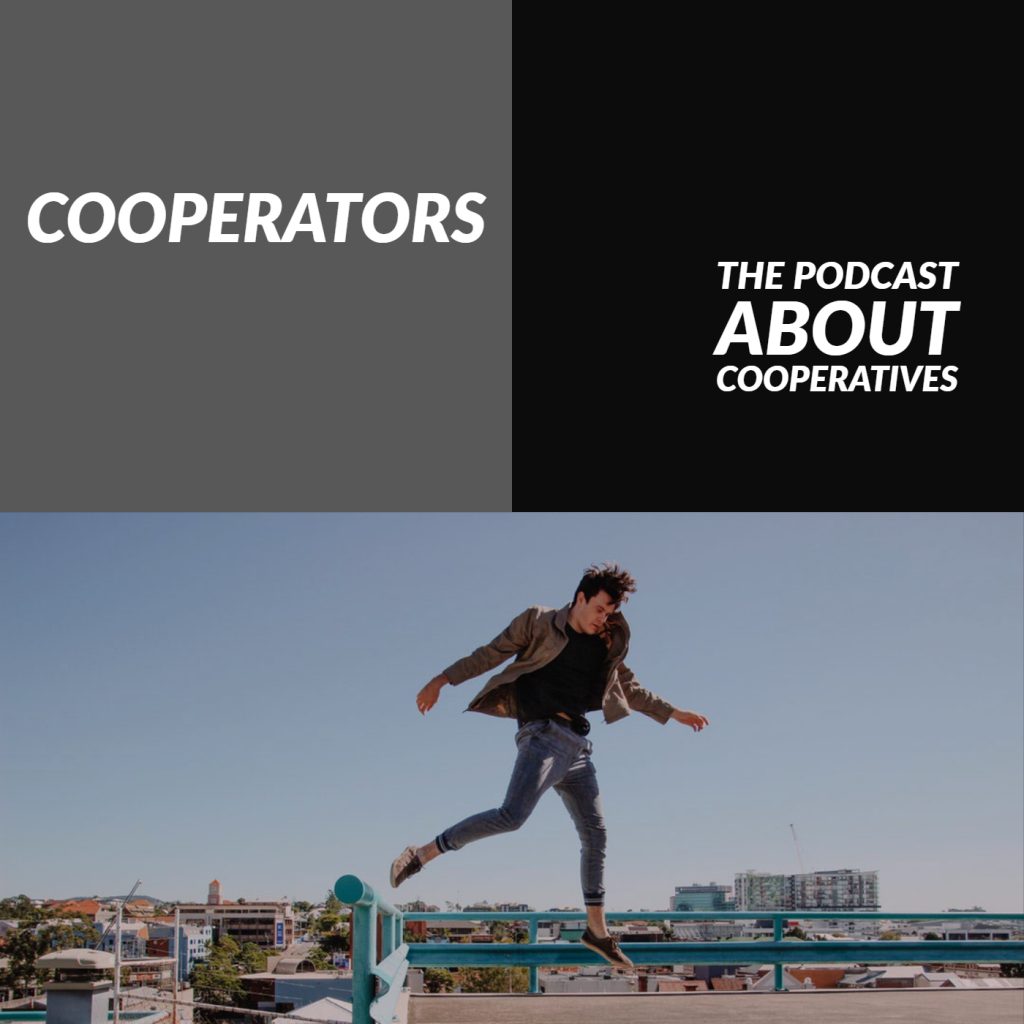The Inflight Retail Hustle

By Robert McGarvey
Have I stumbled onto Canal Street?
That thought popped into my mind on a recent flight as I witnessed attempt after attempt by the flight attendants to sell me stuff, lots of stuff. Everything from a credit card (note: I already have the thing!) to food (note: I don’t eat airline food) to alcohol.
Can’t a passenger get a little quiet?
The facial expressions of the crew are worth observing. Some really get into this – presumably there’s a spiff system where the more they sell, the bigger the bonus – but the majority seem downright embarrassed.
As they should be. I would not want to do the Canal Street hustle and I wouldn’t wish it on anybody else.
Then a Skift story popped into view: “In-Flight Pandering Erodes Airline Passenger Loyalty.” That’s because crews are turning up the heat.
According to Skift, “Several reports on social media share that captains and first officers on American are now making announcements on behalf of flight attendants while last week, a blogger on Boarding Area documented a credit card pitch that was flat-out wrong.”
Ouch.
It gets worse. On Frontier flight attendants now are actively soliciting tips. Bloomberg even asked the airline if, what the hell, is this sanctioned behavior and oh it is. According to Bloomberg, “‘We appreciate the great work of our flight attendants and know that our customers do as well, so [the payment tablet] gives passengers the option to tip,’ said Frontier spokesman Jonathan Freed.”
Word of advice: just don’t. Don’t tip. I have long advocated – indeed lectured on — the importance of tipping hotel housekeepers, bellmen, et. al. but inflight is off limits in my mind. What, should we throw a deuce at the flight attendant when he/she bring us a glass of water? No.
Of course too we are getting ripped off when we buy stuff on a plane. The UK Independent, using data gathered by Kayak, wrote this about inflight purchases: “The report from travel search engine Kayak focused on the food and beverage offerings on Ryanair, easyJet, Jet2, FlyBe and British Airways, comparing staple items on the airlines’ menus with the equivalent at supermarkets Tesco, Asda and Sainsbury’s. Some of the biggest mark-ups were on drinks. A cup of tea on Jet2 was marked up by 8,900 per cent (£2.70 compared to 3p at the supermarket); coffee on a flight with the same airline had a 1,321 per cent mark-up (£2.70/19p).”
The report continued: “EasyJet were found to sell muffins with a 900 per cent mark-up (£2.50 compared to 25p) and chocolate bars for 260 per cent more (£1.80 compared to 50p).”
And then a tip on top makes sense?
You think it’s bad on United, American, BA, et. al.? It could get worse. Korea Air apparently wins the title as the most successful inflight shiller, garnering some $143 million in 2018 inflight sales.
Mainly Korea Air rings its cash registers selling cosmetics, booze and health supplements.
Don’t think this goes unnoticed in Chicago, Atlanta, or Dallas. The Big 3 US carriers have to be enviously eyeing this easy money. That’s why my guess is that more of this 30,000 ft retail is coming our way as carriers look for ever more “imaginative” ways to sell to a captive audience. Of course nobody reads the seatback shopping catalog anymore – is there still one? – and nobody reads the inflight magazine, so now the airlines have decided to put stuff to buy in our faces, literally.
But I can tell you this: I do not remember the last thing I bought on a plane. I have a faded memory of buying a carton of Silk Cut smokes on a BA flight years ago but that was when smoking inflight was okay and also when I still smoked (I quit in 2001) so forgive my haziness.
If we don’t buy stuff they won’t try to sell it to us.
Say that again, say it loud, say it proud.
Just don’t buy and they will quit.
Eventually.
Meantime, earplugs will block the din out. That’s my advice.

